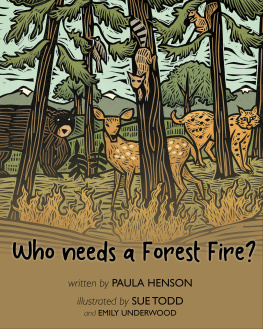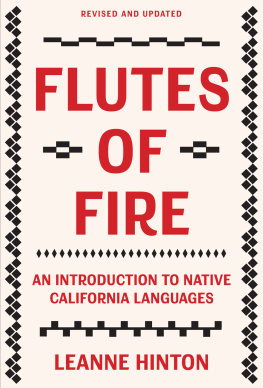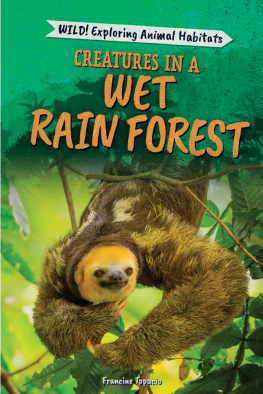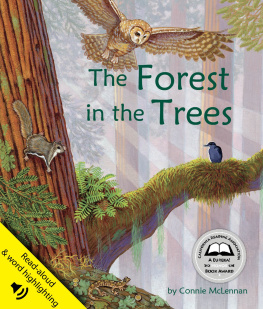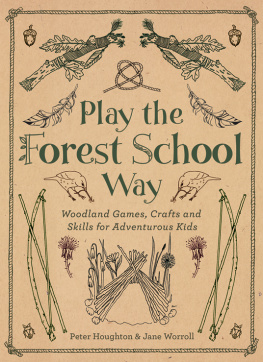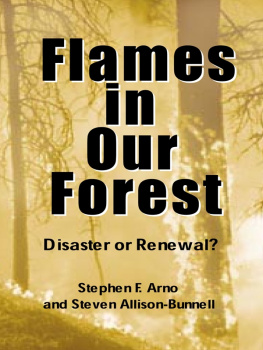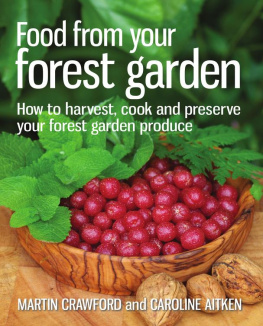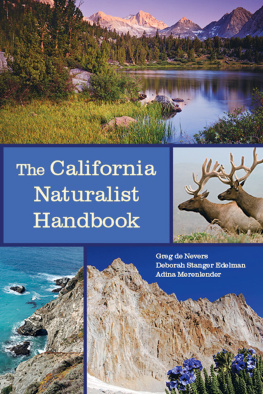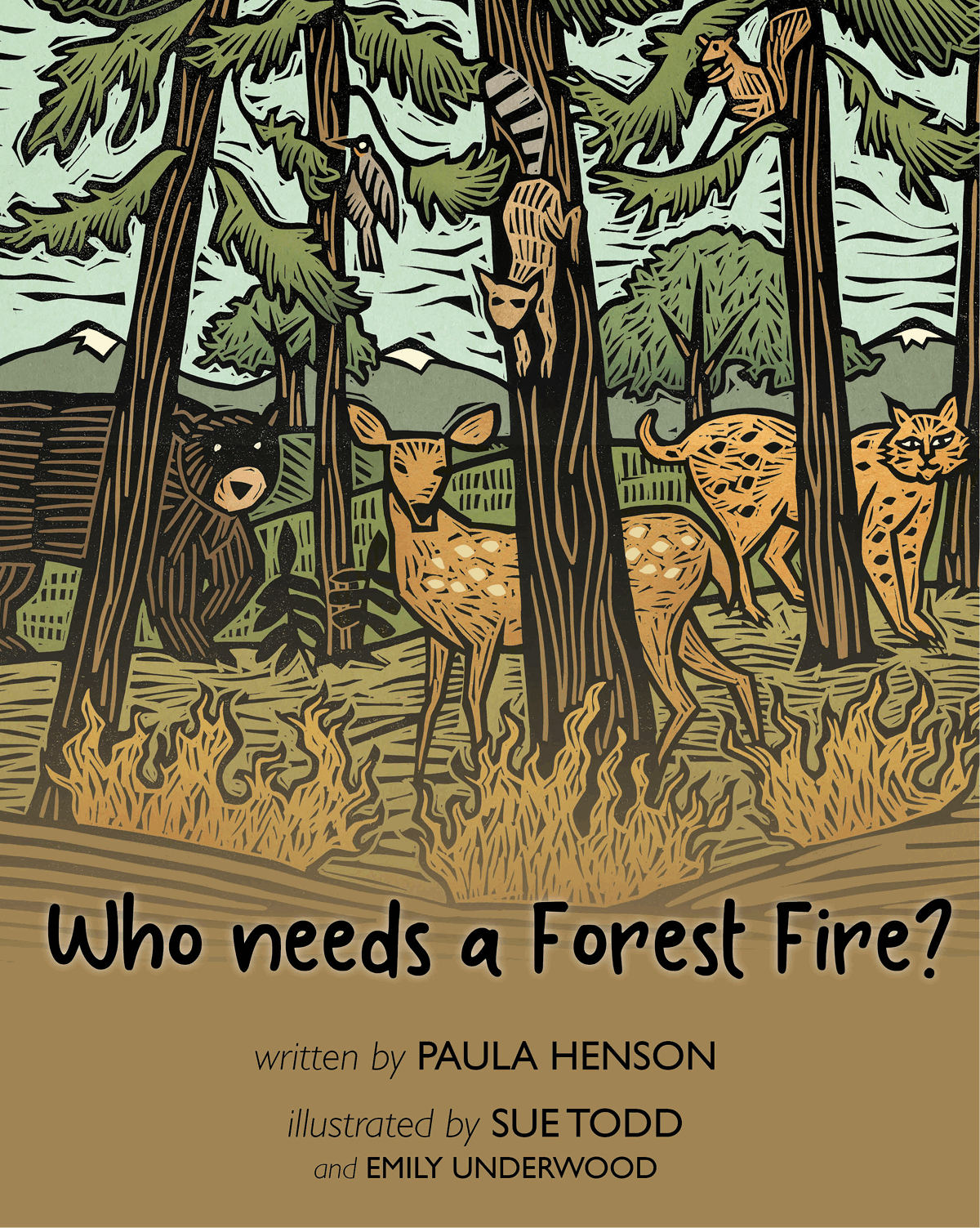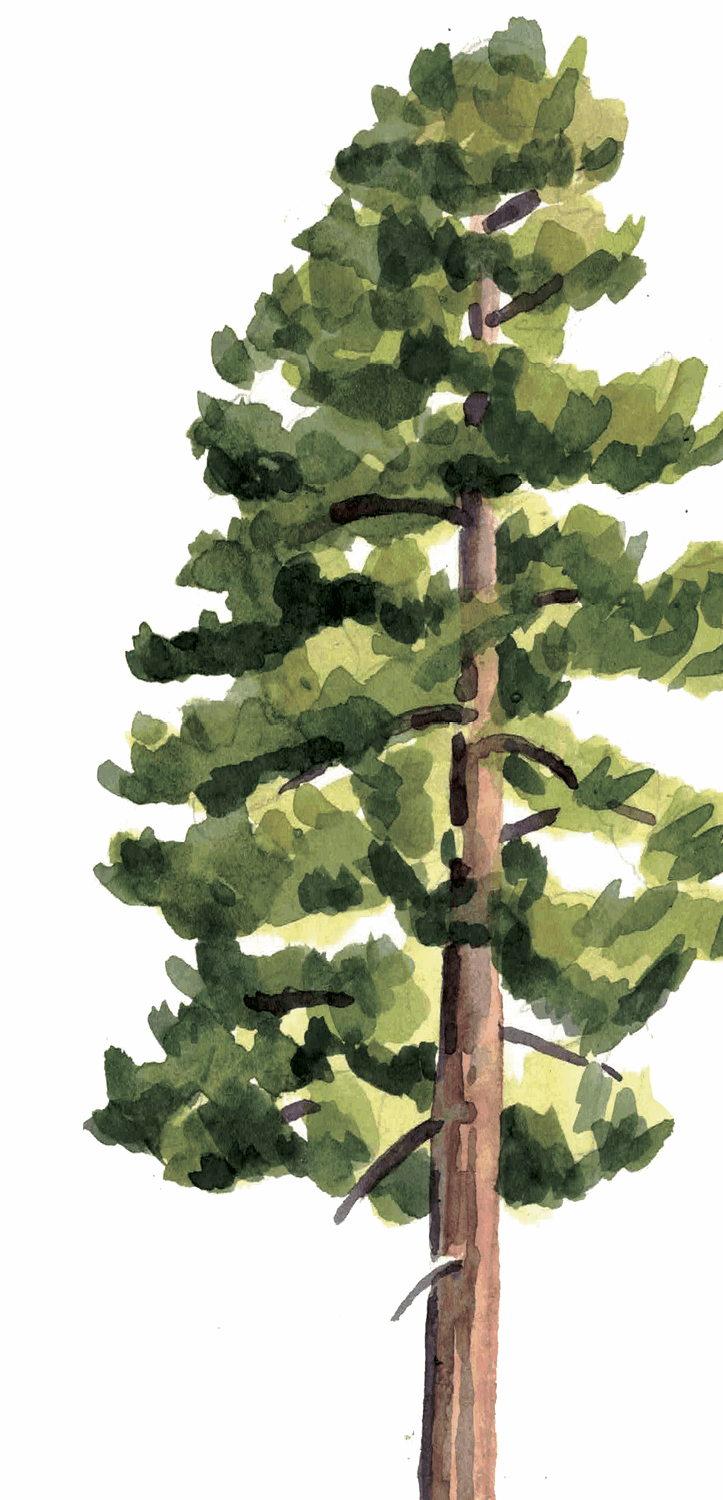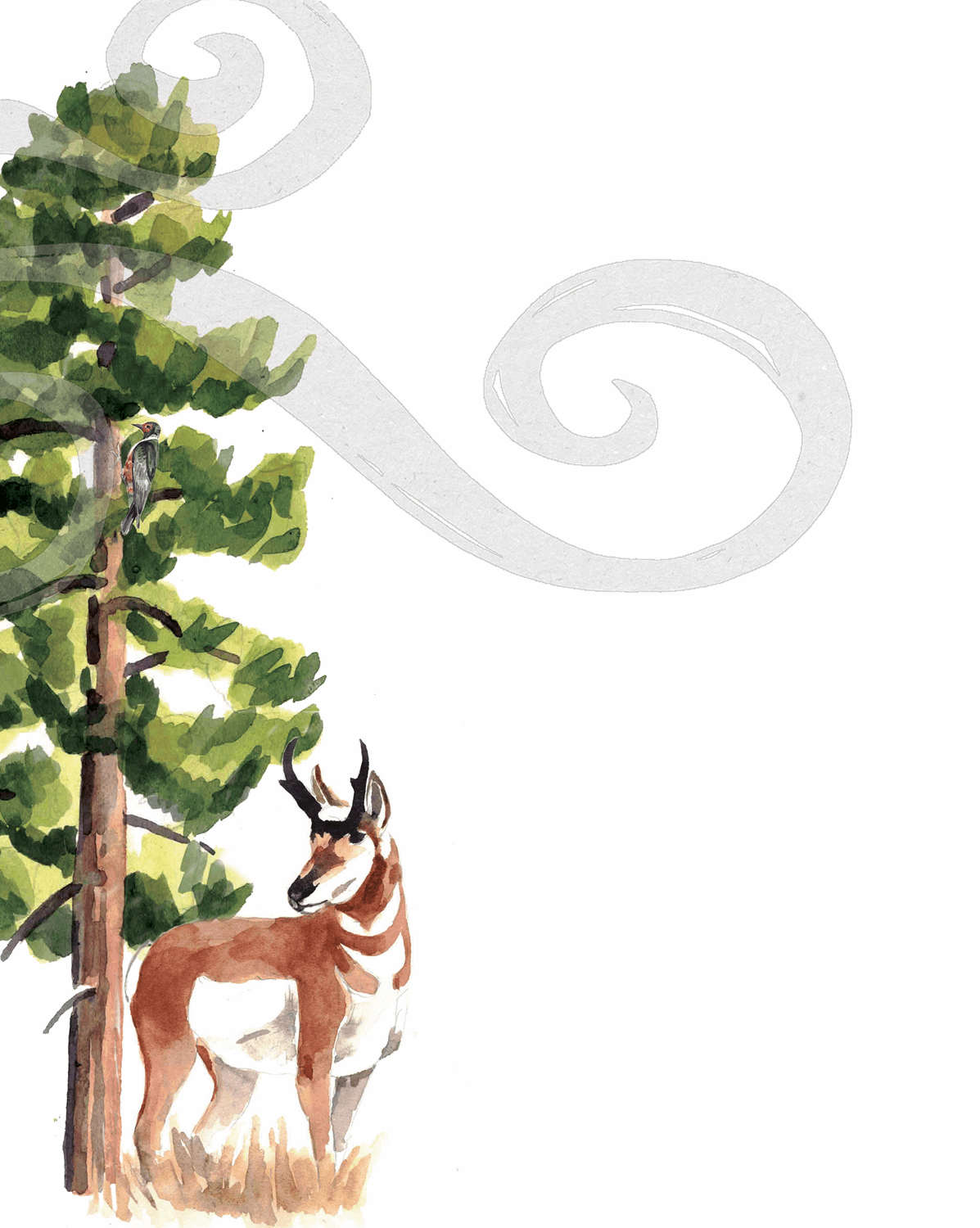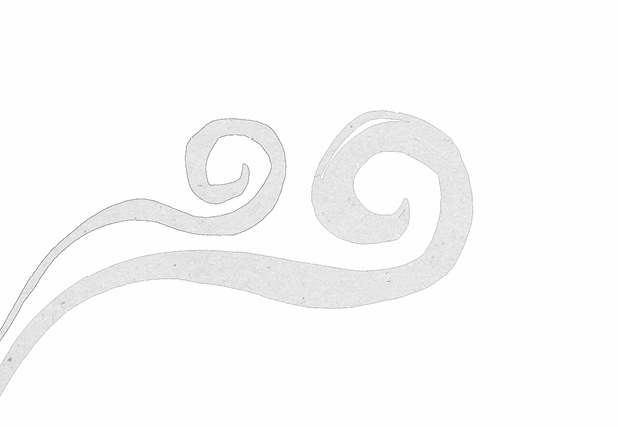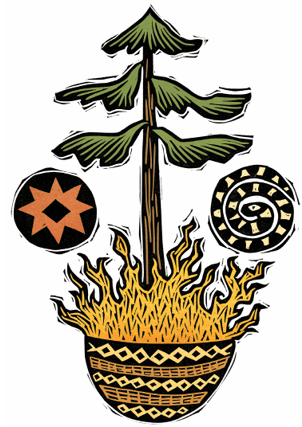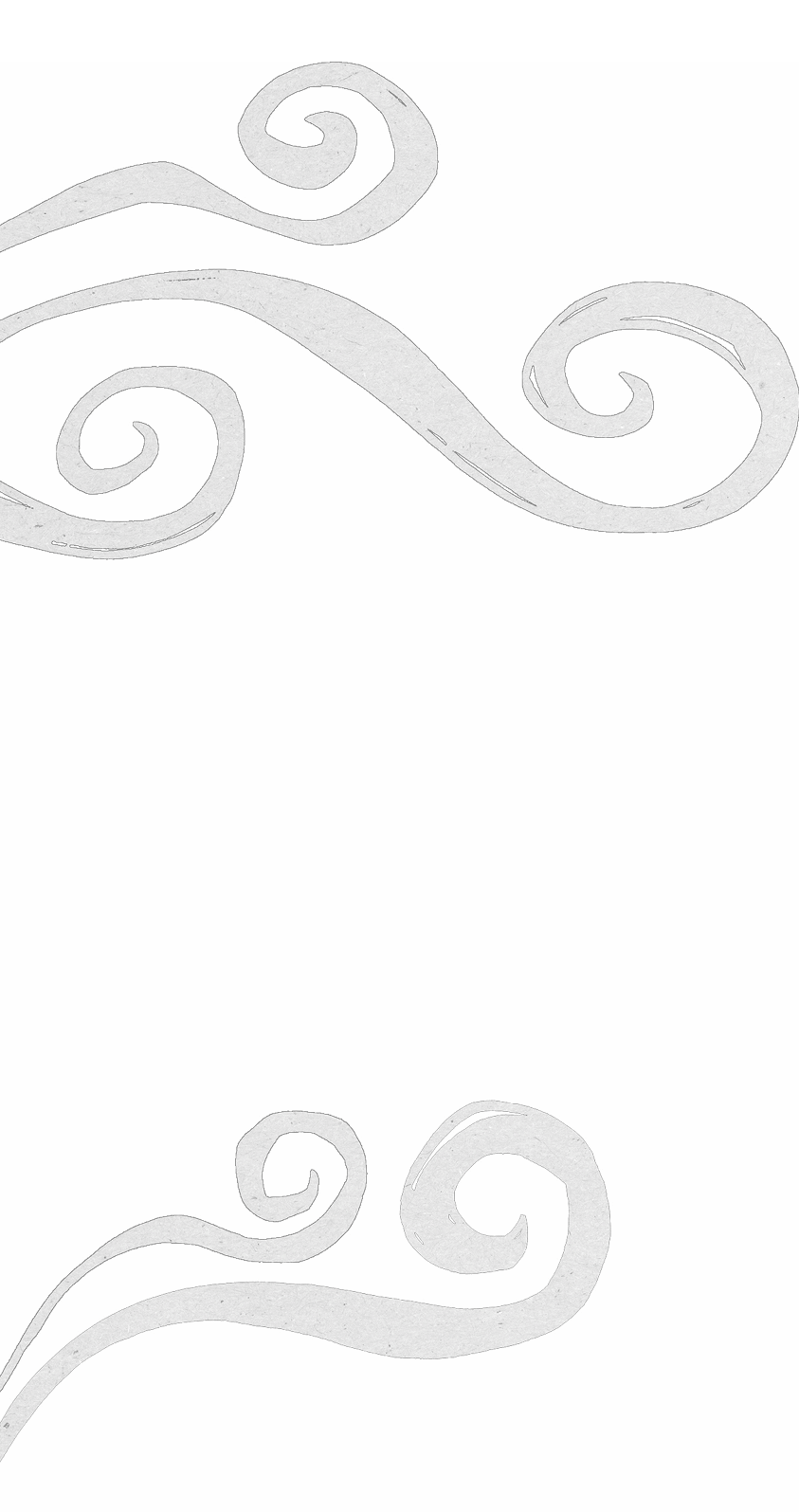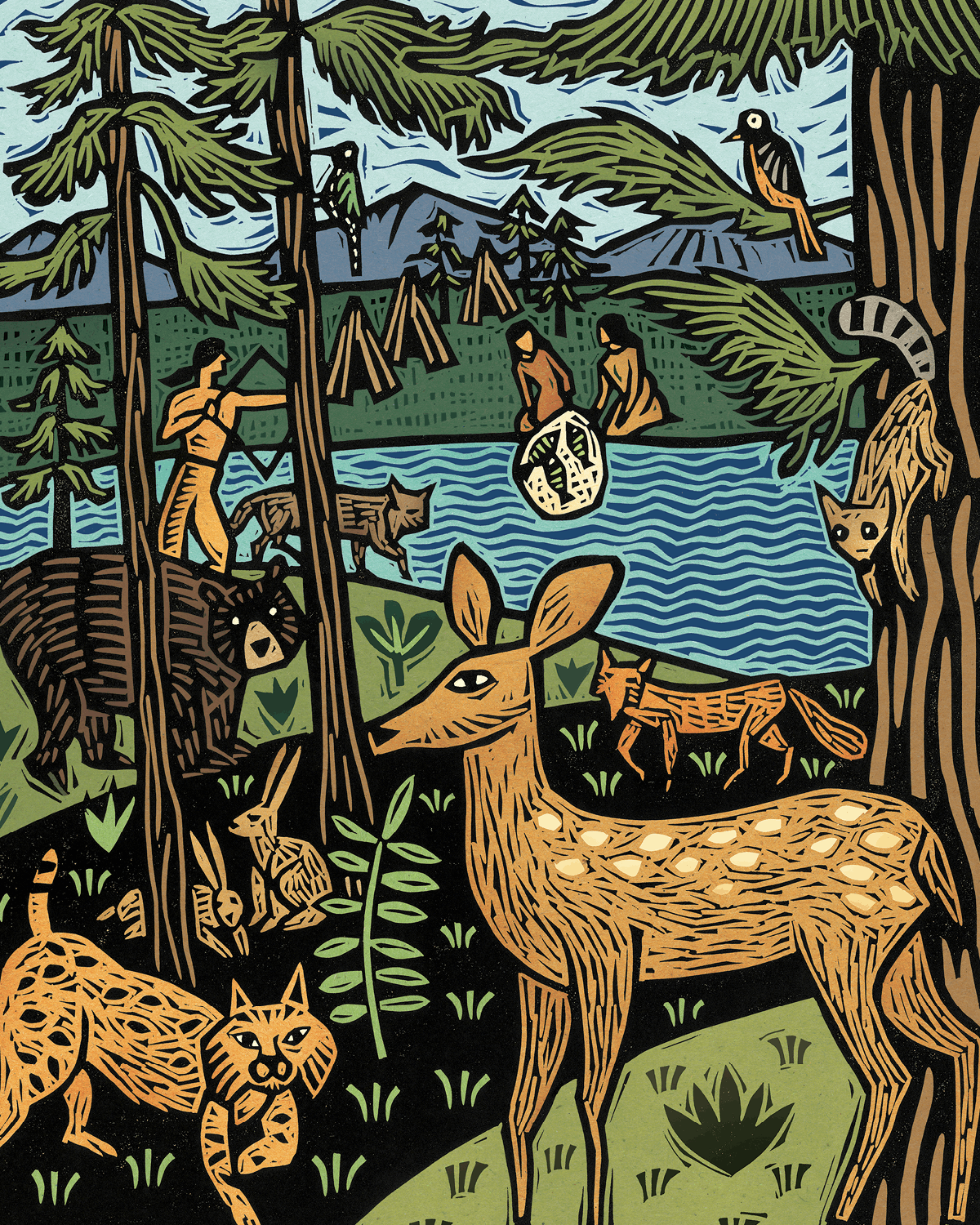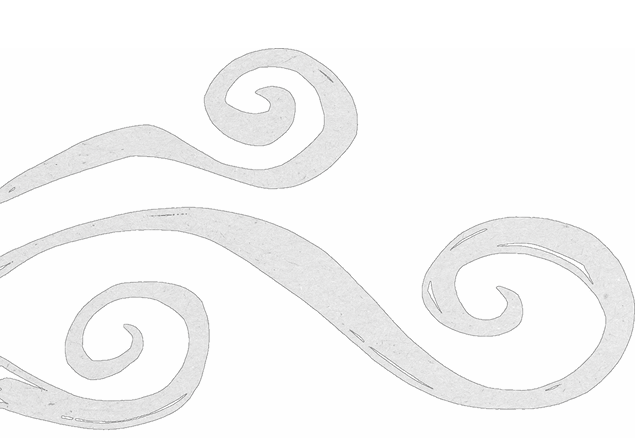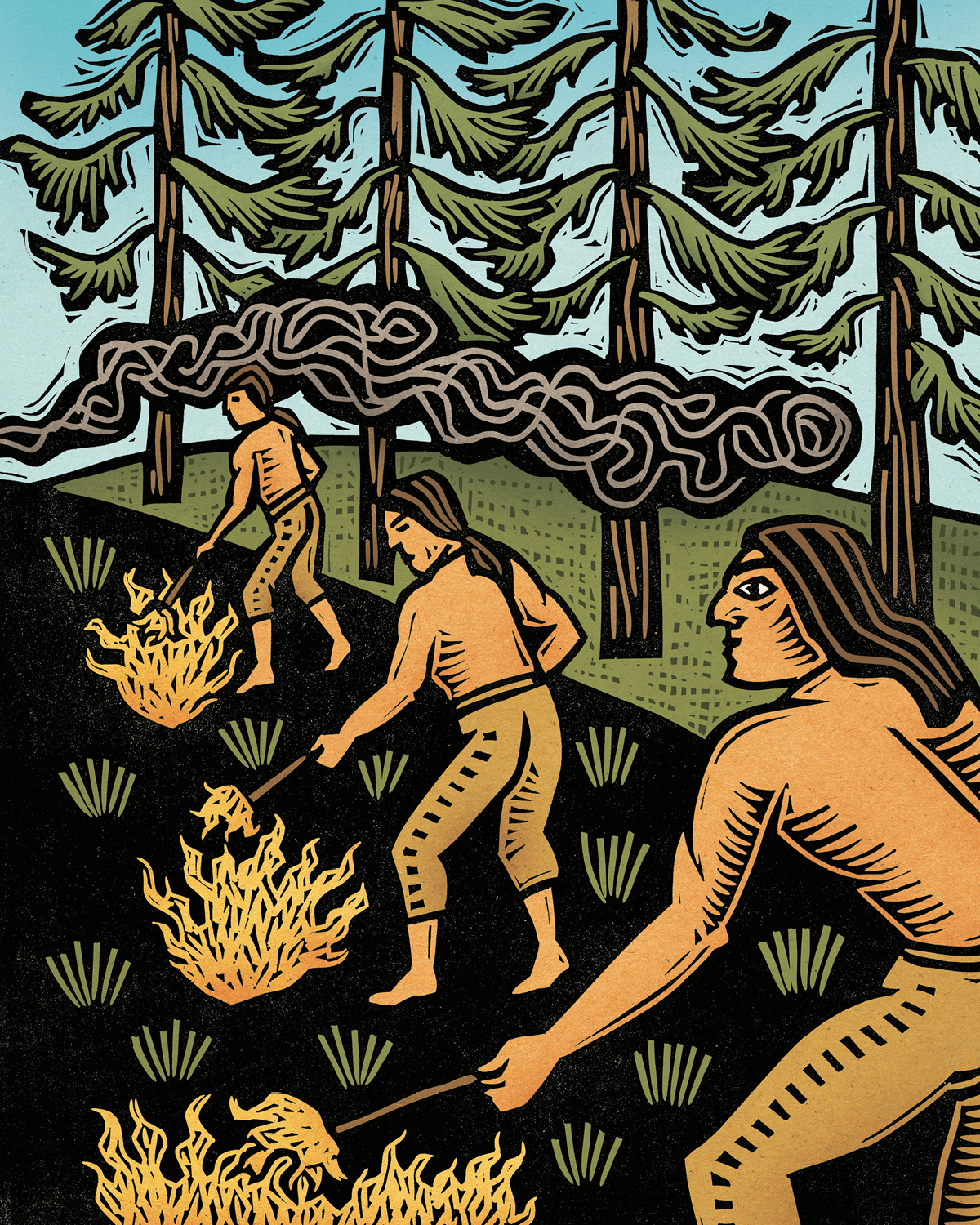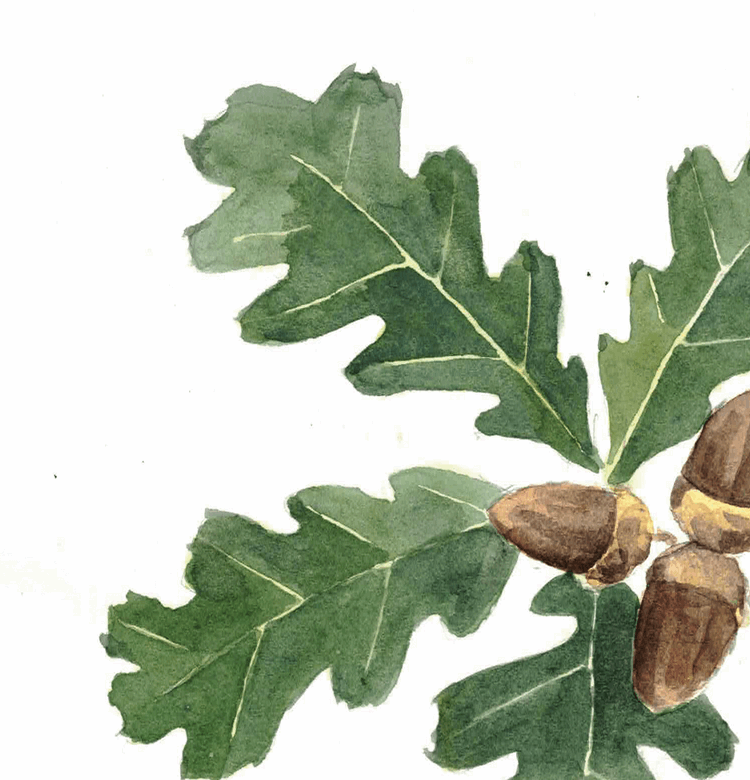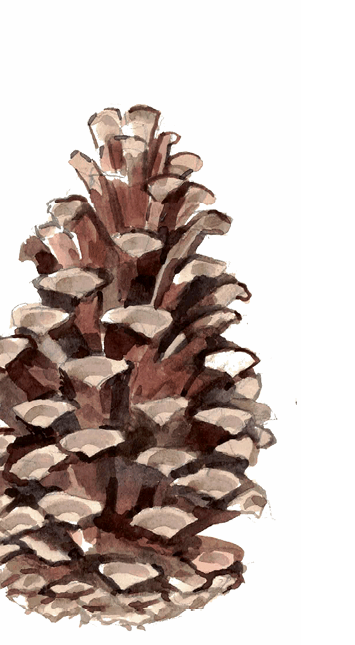- -
- -
Ponderosa Pine
by Emily Underwood
A fire glow in the distance,
and then the wavy line
of burning grass,
gave notice
that the Indians
were in the Valley
clearing ground . . .
to obtain
their winter supply
of acorns
and wild
sweet potato root
(huckhau).
- H. Willis Baxley, 1861
Who Needs a Forest Fire? was commissioned by Nevada County Arts Council for FOREST FIRE , as presented to the people of the Truckee-Tahoe region of California. The book was created specifically for FOREST FIRE in collaboration with the project creators Llewellyn Studio and was made possible through the generous support of the Tahoe Truckee Excellence in Education Foundation and the California Arts Councils Creative California Community grant program. Educational and environmental outreach with Sierra Watershed Education Partnerships.
www.forestandfire.org
All rights reserved. No part of this book may be reproduced, distributed, or transmitted in any form or by any means, including electronic or mechanical methods, including information storage and retrieval systems, without permission in writing from the publisher, except in the case of brief quotations embodied in critical reviews and certain other non- commercial uses permitted by copyright law. For permission request, contact the publisher via the website listed below.
Designed by Carolyn Bennett Fraiser
Copyright 2021 Terra Bella Books
Library of Congress Control Number: 2021901594
ISBN: (print edition) 978-1-7357212-0-0
(e-book edition) 978-1-7357212-1-7
Independently published by:
Terra Bella Books
Los Angeles, California
Terminology
The terms Indigenous, Native American and American Indian refer to the people who first lived in this part of the United States, as well as everyone related to those first people.
Some of the details in this book may not be true for every Native American tribe in California and Nevada. Although this book refers to the Sierra Nevada area, it is not the only region that has been affected by forest fires.
California has been, and still is, home to these tribes and their culture. Tribal people continue to tend to their age-old plant gathering and plant management traditions.
Paula Henson
illustrated by Sue Todd
and Emily Underwood
Terra Bella Books
Los Angeles, California
- -
- -
It was the end of an ice age. The first humans appeared in the Sierra Nevada Mountains about 13,000 years ago. The first saplings grew around the same time.
The people and the trees needed each other to survive. The forest needed to be cared for, especially the forest floor.
- -
- -
Some forests do need fire. It is part of the natural cycle. Without it, young trees grow too close together, blocking the sun. Dry, dead leaves, pine needles and branches collect too deeply on the forest floor.
Native Americans do not fight fire. Fire is not an enemy. To Native American people, each part of nature is a living being. All parts have a spirit. The forest is like a family. If just one member of the family is sick, everyone suffers.
To help keep the forests healthy, they use fire.
- -
Plants cannot run, fly, creep, or crawl away from fire. Plant roots are often protected underground, away from the fire. When a plant burns, the root system releases nutrients and the plant re-sprouts. Even though fire destroys things, it also
brings new life.
Ponderosa Pine Cone
Next page
